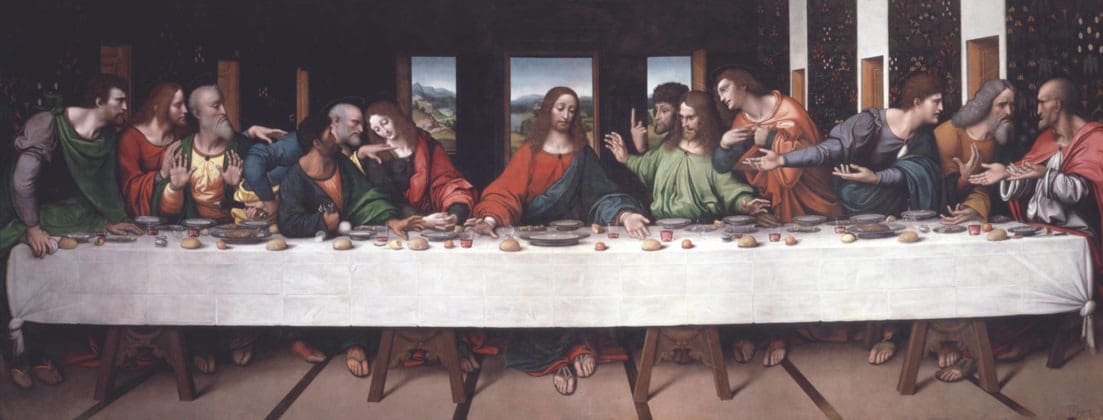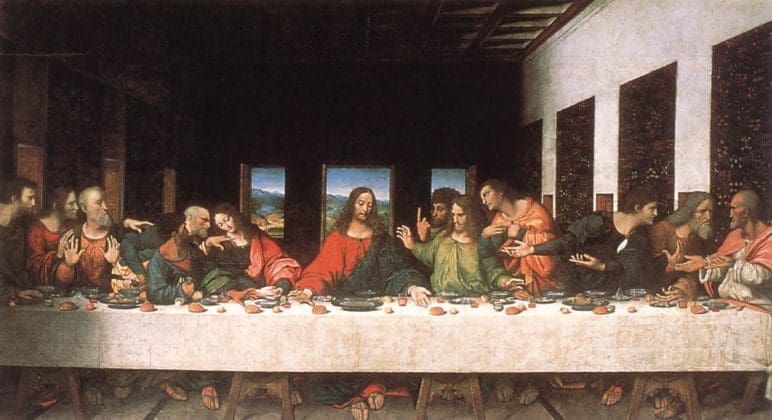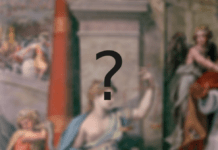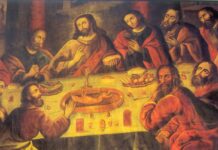Today, we consider Leonardo da Vinci’s painting of The Last Supper to be one of the greatest masterpieces of the Italian Renaissance polymath.
However, that notion that da Vinci’s depiction of Christ announcing he would be betrayed at The Last Supper was hailed from its creation as a masterpiece is false. In fact, during its day it wasn’t well regarded if at all and seen as a complete failure.
At the time da Vinci received the commission from the Duke of Milan in 1495, he had never worked on a piece of such scale – nearly 15 feet tall and 25 feet wide. Furthermore, he wasn’t a prolific painter – da Vinci only painted about 15 times total throughout his life, instead preferring sketches and studies.
da Vinci knew little of the proper method to paint a mural in fresco, and instead devised his own method of mixing oil and tempera paints put onto a dry wall – a move which would turn out disastrous.
Soon after the painting was completed in February of 1498 it began to deteriorate because of his improvised painting method. By 1517 it was flaking, in 1532 it was described as “blurred and colorless,” in 1556 it was described as a “muddle of blots” with every figure unrecognizable and “in a total state of ruin.”
So disregarded was the painting that in 1652 at the refectory of the convent in which it was housed, a doorway was cut through the painting and bricked up – hence the reason why Christ’ feet are missing and there is a peculiar arch at the bottom of the painting.
So what did the missing portion look like before it was cut out? Early copies of The Last Supper exist, painting by Leonardo’s assistants, reveal what once was.
Photo credit: Public Domain via Wikimedia 1, 2, 3




















[…] Tips: The Traditional Way to Wear the Fascia – Shawn R. Tribe at Liturgical Arts Journal Why da Vinci’s Famous Painting of the Last Supper Is Missing Jesus’ Feet – Billy Ryan at uCthlc The Shrine of St. Michael the Archangel on Mount Gargano – […]